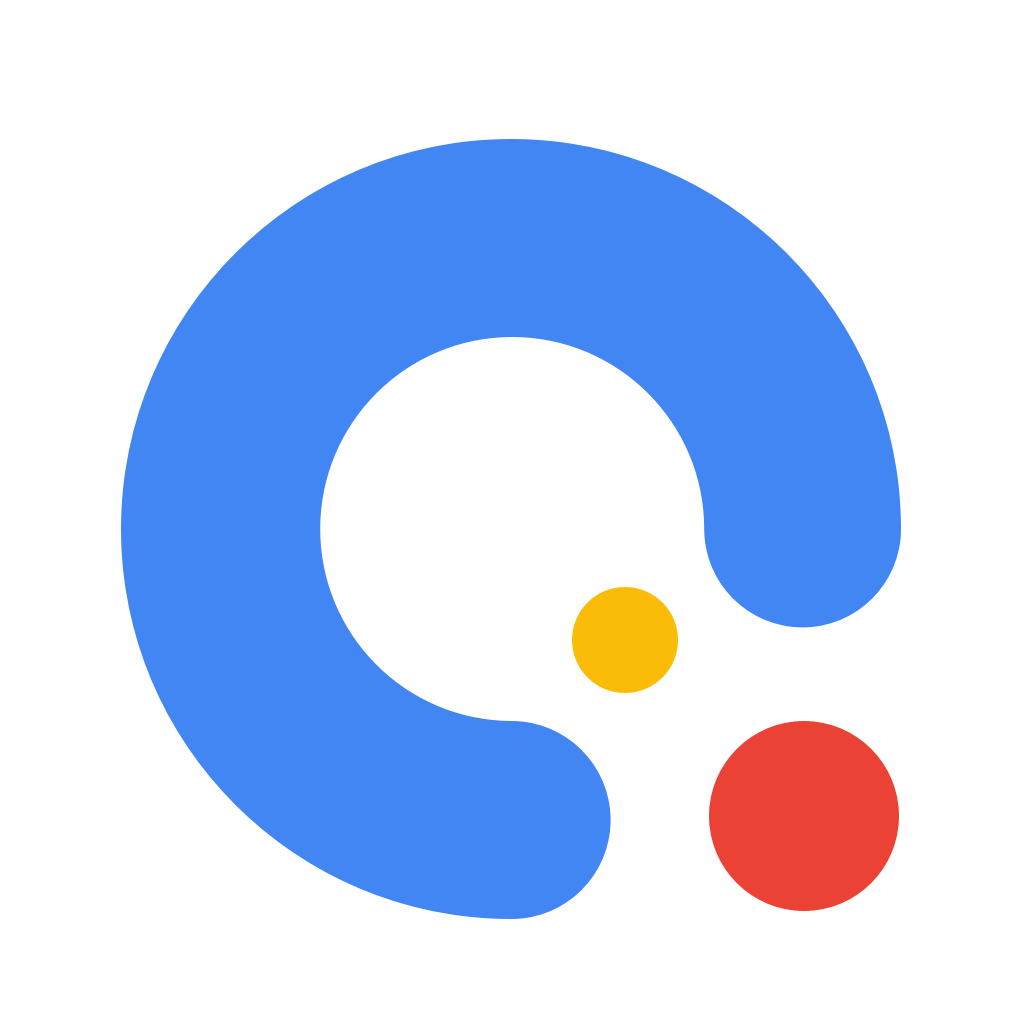# QJS 响应事件
普通函数响应事件,需要经过逻辑层和渲染层的通信,有一定的耗时,在某些情形下会导致交互延迟。如果利用 QJS 函数响应事件,让开发者的代码运行在渲染层,则可以省去通信,使交互更顺畅。
# ComponentDescriptor
QJS函数除了纯逻辑的运算,还可以通过封装好的ComponentDescriptor 实例来访问以及设置组件的样式。
代码示例:
var qjsFunction = function(event, ownerInstance) {
var instance = ownerInstance.selectComponent('.red') // 返回组件的实例
instance.setStyle({
'font-size': '16px'
})
instance.getDataset()
instance.setClass(className)
return false
}
1
2
3
4
5
6
7
8
9
2
3
4
5
6
7
8
9
其中入参 event 是快应用事件对象,在基础属性上多了 event.instance 来表示触发事件的组件的 ComponentDescriptor 实例。ownerInstance 表示的是触发事件的组件所在的组件的 ComponentDescriptor 实例,如果触发事件的组件是在页面内的,则 ownerInstance 表示页面实例。
ComponentDescriptor实例包含的方法如下:
| 方法 | 参数 | 描述 |
|---|---|---|
| selectComponent | selector 对象 | 返回组件的 ComponentDescriptor 实例。 |
| selectAllComponents | selector 对象数组 | 返回组件的 ComponentDescriptor 实例数组。 |
| setStyle | Object/string | 设置组件样式,支持rpx。设置的样式优先级比组件 qxml 里面定义的样式高。不能设置最顶层页面的样式。 |
| addClass/removeClass/ hasClass | string | 设置组件的 class。设置的 class 优先级比组件 qxml 里面定义的 class 高。不能设置最顶层页面的 class。 |
| getDataset | 无 | 返回当前组件/页面的 dataset 对象 |
| callMethod | (funcName:string, args:object) | 调用当前组件/页面在逻辑层定义的函数。funcName 表示函数名称,args 表示函数的参数。 |
| getState | 无 | 返回一个 object 对象,当有局部变量需要存储起来后续使用的时候用这个方法。 |
| triggerEvent | (eventName, detail) | 和组件的triggerEvent一致。 |
QJS 运行在渲染层,需要有一个机制和逻辑层通信,上面的 callMethod 可以允许开发者在 QJS 里面调用逻辑层的方法。
# 使用示例
- QXML 定义事件:
<qjs module="test" src="./test.qjs"></qjs>
<view
change:prop="{{test.propObserver}}"
prop="{{propValue}}"
bindtouchmove="{{test.handleTouchMove}}"
class="movable"
></view>
1
2
3
4
5
6
7
2
3
4
5
6
7
上面的change:prop(属性前面带 change:前缀)是在 prop 属性被设置的时候触发 QJS 函数,值必须用{{}}括起来。类似 Component 定义的 properties 里面的 observer 属性,在 setData({propValue: newValue}) 调用之后会触发。
注意:QJS 函数绑定必须放到 {{}} 里。当 prop 的值被设置时, QJS 函数就会触发,即使值没有发生改变。
- QJS 文件
test.qjs里面定义并导出对应函数:
module.exports = {
handleTouchMove: function(event, instance) {
console.log('handleTouchMove', JSON.stringify(event))
},
propObserver: function(newValue, oldValue, ownerInstance, instance) {
console.log('propObserver', newValue, oldValue)
}
}
1
2
3
4
5
6
7
8
2
3
4
5
6
7
8
←
→
在线客服
